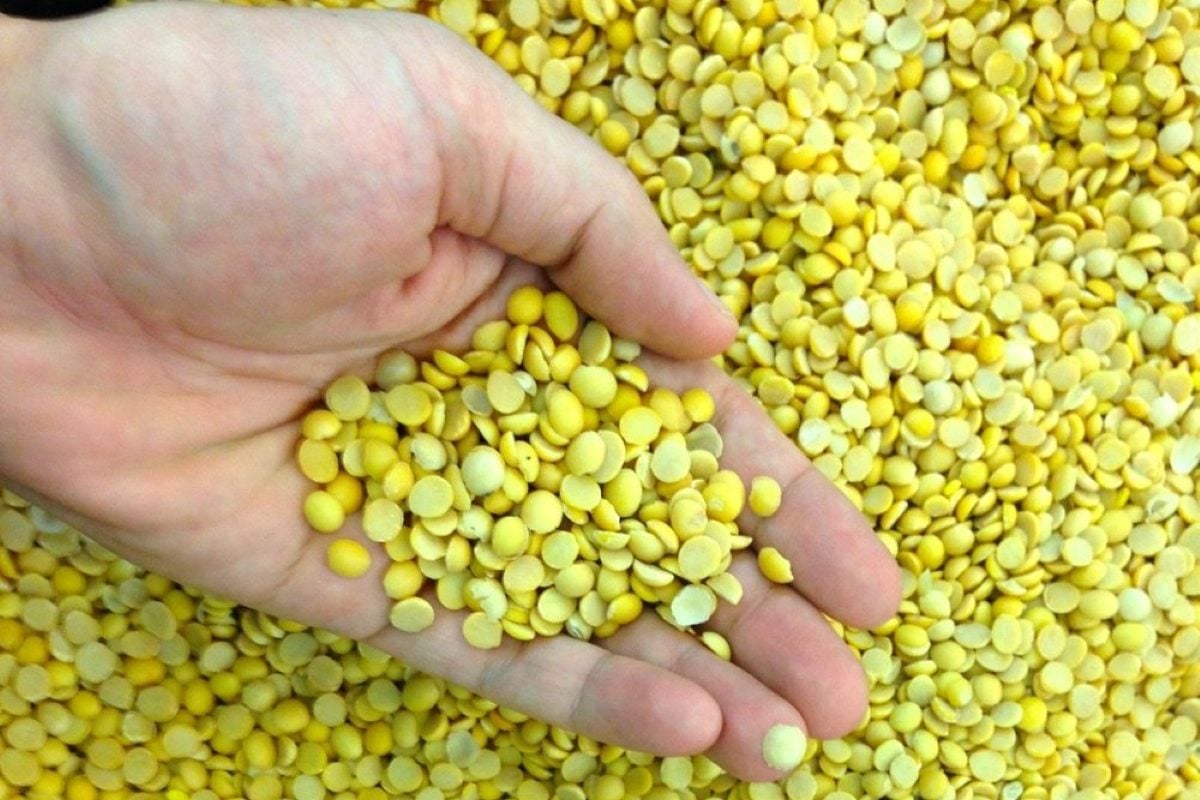CNS Canada — India is forecasting an average monsoon rainfall this year, making the chance of India importing Canadian pulse crops slim.
“Given the tariff scheme and the protectionist attitudes India has displayed this year, I think it will take a major weather influence to hurry up the correction to (imports),” said Marlene Boersch, managing partner with Mercantile Consulting Venture in Winnipeg.
The India Meteorological Department (IMD) has forecast the monsoon rainfall to be 97 per cent of the long-term average, with a model error of plus or minus five per cent. The long-term (1951-2000) average is 89 cm.
Read Also

Pulse Weekly: India imposes 30 per cent tariff on yellow peas
Pulse Canada is quite unhappy with the Indian government’s recent move to slap a 30 per cent tariff on its yellow pea imports, said the pulse organization’s board chair Terry Youzwa.
The monsoon season runs from June to September; IMD will issue an updated forecast in early June.
A recent Reuters article, however, pointed out that on average IMD has only had an accurate forecast once every five years over the last two decades, even after taking into account the error band of plus or minus five per cent.
Boersch is skeptical of the forecast, stating she isn’t entirely sure if it actually means anything, since India is still months away from these rains.
“It depends on the timing of the rains and (India) certainly need a bigger problem than average” to start importing pulses again, she said.
India’s agriculture industry is highly dependent on the monsoon rains, which vary year to year. In 2015 and 2016, India had back-to-back droughts which caused the country to import large amounts of pulses, driving up the price in countries such as Canada.
Since then India has received its needed rains and made moves to reduce pulse imports in a bid to support domestic farmers.
Over the past year, Canada’s pulse exports to India have all but dried up. Last summer, Canada faced issues over fumigation of pulse crops before arrival in India. Indian government regulations require pulses shipped to the country to be fumigated before arriving. The fumigation process doesn’t work well in cold weather and Canada doesn’t have the nematode pest India is trying to keep out through fumigation.
India had renewed the extensions regularly since 2004. Initially the renewals happened annually and later every six months. In July the extension was renewed for three months, expiring Sept. 30. At the start of January the exemption was extended for another six months.
In February, during an official visit, Canadian Prime Minister Justin Trudeau was able to reach an agreement with Indian Prime Minister Narendra Modi for co-operation over the fumigation issue.
Canada, along with other pulse-producing countries, has also faced hastily applied import duties. In November, India placed a 50 per cent tariff on pea imports. In December, a 30 percent tariff was placed on imports of chickpeas and lentils. The chickpea tariff was then raised to 40 per cent in February and 60 per cent in March. The duty for chickpeas, however, only applies to the desi variety; Canada mostly grows the larger kabuli type.
— Ashley Robinson writes for Commodity News Service Canada, a Glacier FarmMedia company specializing in grain and commodity market reporting.
















